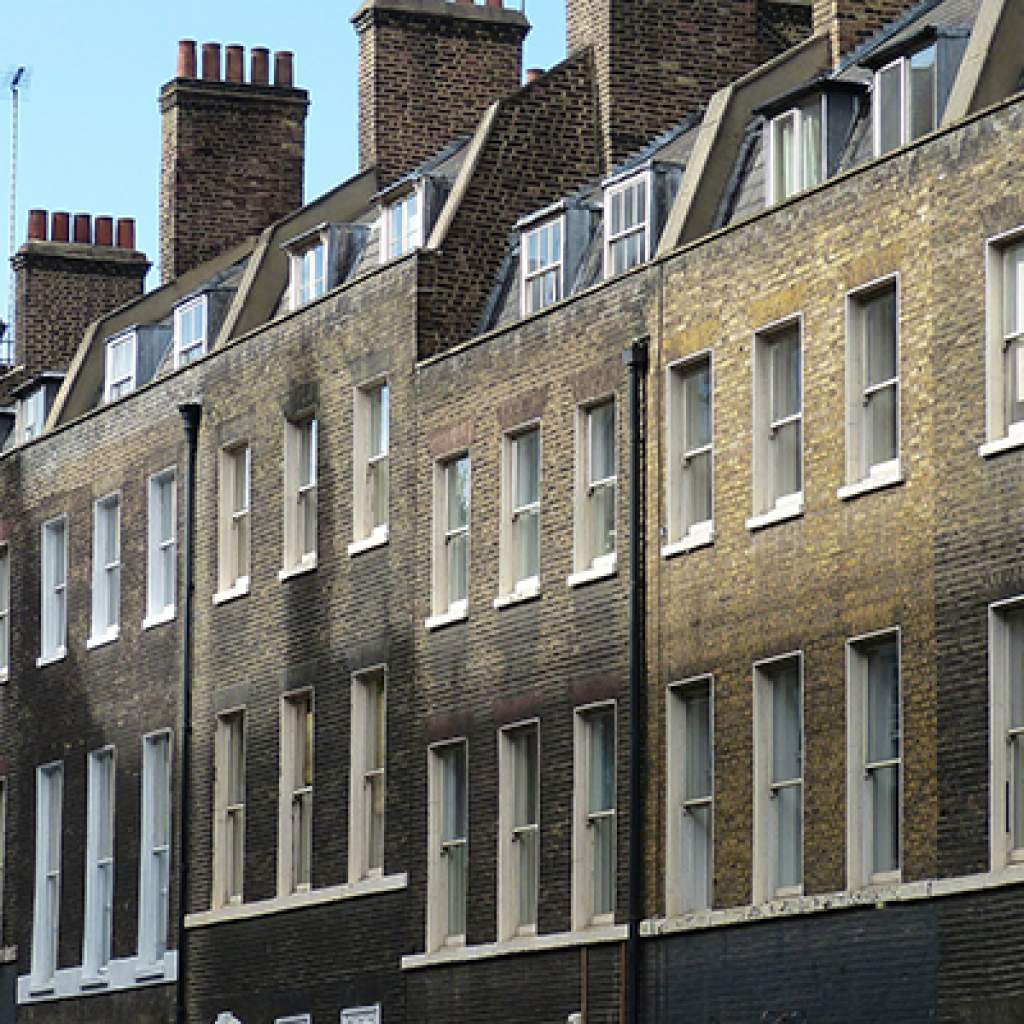A recent discovery has been made during the excavations for the Crossrail project at the Bedlam Cemetery beneath the new entrance currently being built at Liverpool Street station in London. A mass burial site thought to contain approximately 30 victims of the bubonic plague. Bedlam was subjected to four known outbreaks of plague between 1569 and 1740, however archaeologists on the Crossrail project believe this mass burial site to be linked with the Great Plague (1665-1666). They suspect this because a headstone dated 1665 was found near the burial site, and it appears the bodies were buried on the same day.1
As we remember from our school history lessons, the bubonic plague comes from fleas that were carried by rats. The Great Plague killed around 15% of London’s population at the time with 68,596 deaths recorded, however it is thought the real total was over 100,000.2 The incubation period of the bubonic plague was only 4-6 days, and once it was identified the house was sealed and a red cross was painted on the door.3
Those that could chose to leave the city, including King Charles II and his courtiers who went to Oxford where parliament sat in October of 1665.2 In addition to the king fleeing the plague, Scotland ordered the English border to be closed in an effort to stop it from spreading. The actual reason for halting the plague is highly debated, but is thought to be a result of either; the Great Fire of London, the development of stricter quarantine procedures for those living on boats, the particularly harsh winter weather of 1666, or a combination of all three.2.3
The bodies found at Bedlam are set to go to the Museum of London Archaeology where scientists will test to ascertain whether or not bubonic plague was the cause of death, or if another pestilence was to blame.4 These skeletons will add to the museum’s collection from the Bedlam cemetery, which currently stands at over 3,500.1
With a discovery such as this it does beg the question: what else will be found during the Crossrail project?
References
1. Evening Standard (2015). Crossrail diggers unearth ‘17th century plague pit’ beside Liverpool Street (online). UK, http://www.standard.co.uk/news/london/crossrail-diggers-unearth-17th-century-bubonic-plague-pit-beside-liverpool-street-a2487451.html, accessed 17th August 2015.
2. The National Archives (2015). Great Plague of 1665-1666 (online). UK, http://www.nationalarchives.gov.uk/education/resources/great-plague/, accessed 17th August 2015.
3. Historic UK The History and Heritage Accommodation Guide (2015). The Great Plague (online). UK, http://www.historic-uk.com/HistoryUK/HistoryofEngland/The-Great-Plague/, accessed 17th August 2015.
4. The Independent (2015). Crossrail Liverpool Street excavation: 30 skeletons unearthed in mass grave thought to be victims of 1665 Great Plague (online). UK, http://www.independent.co.uk/news/science/archaeology/news/crossrail-liverpool-street-excavation-30-skeletons-discovered-in-mass-grave-thought-to-be-victims-of-the-great-plague-of-1665-10451275.html, accessed 17th August 2015.
This article was submitted to be published by Groundsure as part of their advertising agreement with Today’s Conveyancer. The views expressed in this article are those of the submitter and not those of Today’s Conveyancer.




















